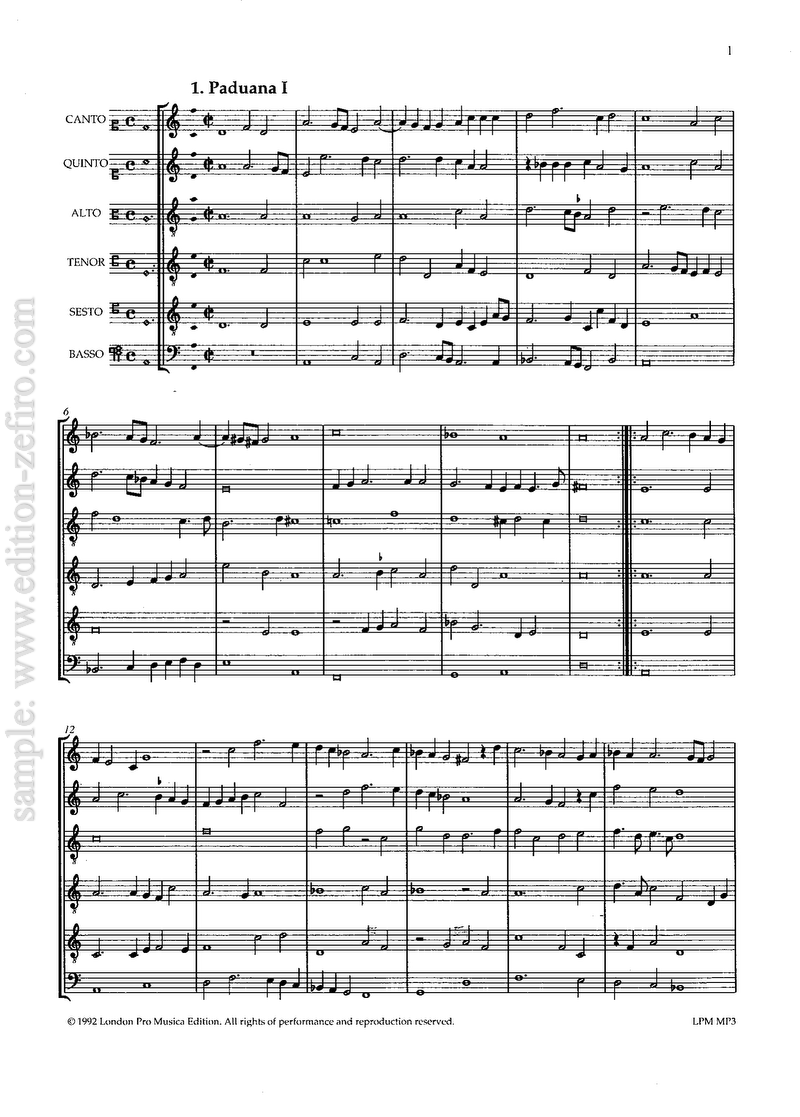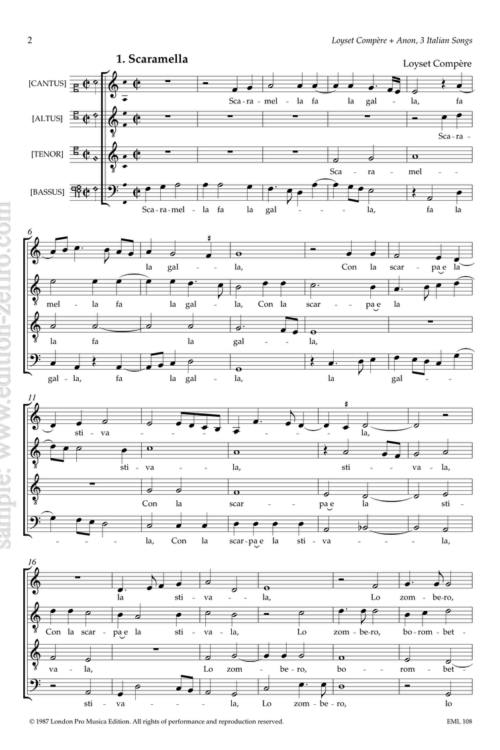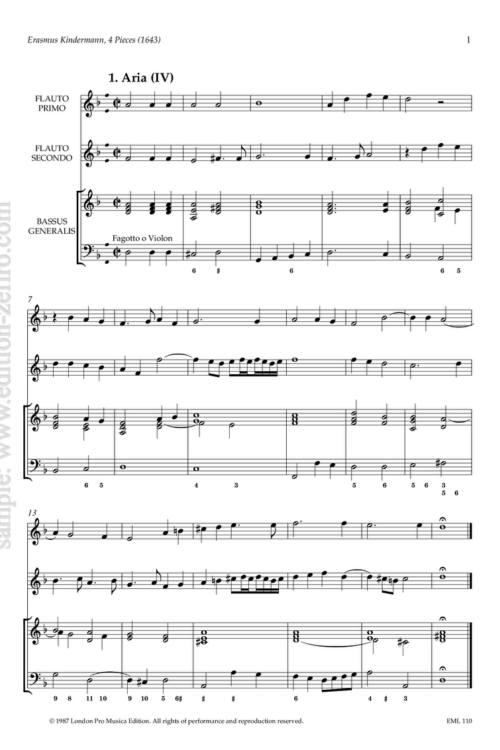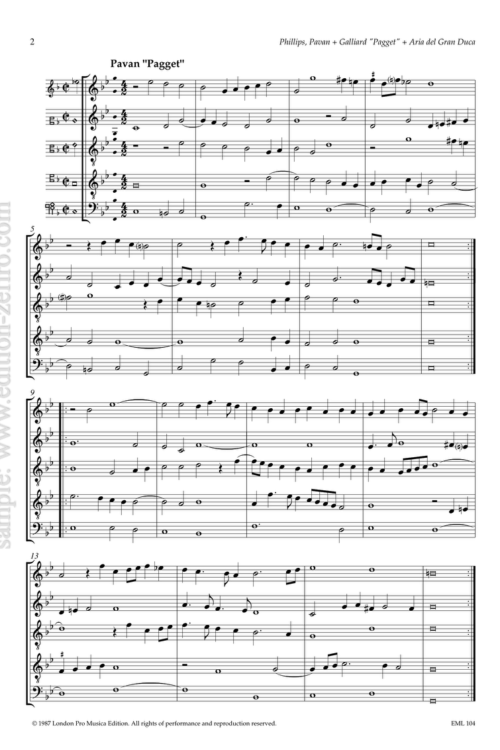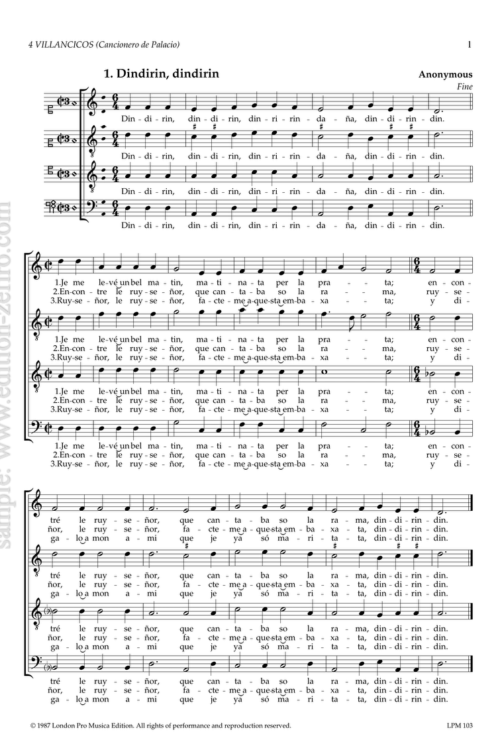Pavans and Galliards of 1614 contains the only six-part music of William Brade’s that has survived: all his other consort music, the prints of 1609, 1617 and 1621, as well as the few pieces in anthologies, are in five parts. Not only that, but in some ways the 1614 collection is the most innovative: many of the pavane are pavane in name only, and by virtue of having three repeated sections, but actually contain radically different music. Paduana XI introduces two different kinds of triple metres, and opens with the repeated-note motif more characteristic of canzonas or intrados. And Galliard VII has a different metre for each of the three sections, the last of which is in duple time: the effect is more that of an antimasque dance from the Jacobean masque than that of a conventional galliard.
William Brade was born in 1560, presumably in England, for he is referred to in printed collections as William Brade Englander. He was a famous violin player, who had among his pupils Nicholas Bleyer and the virtuoso Johann Schop. Brades first professional appointment was probably at the court of Johann Georg, Markgraf of Brandenburg, who ruled from 1571 to 1590, but in 1594 he began the first of several short spells at Copenhagen in the service of Christian IV; during the second of these he came into contact with John Dowland, who was also working for the Danish king. A surviving letter from Graf Ernst of Schamburg suggests that Brade may have been a rather difficult, or at least a restless character, and this may explain why he never stayed very long in any one place: he had at least three short periods in Hamburg (where he died in 1630), three in Brandenburg, and one each in three other northern German towns, Bückeburg, Schaumburg and Gottorp.
Whatever his personal difficulties, Brade was clearly a respected composer of instrumental music. Apart from the pieces in the 1614 print, he had three other complete collections of his own material published.


